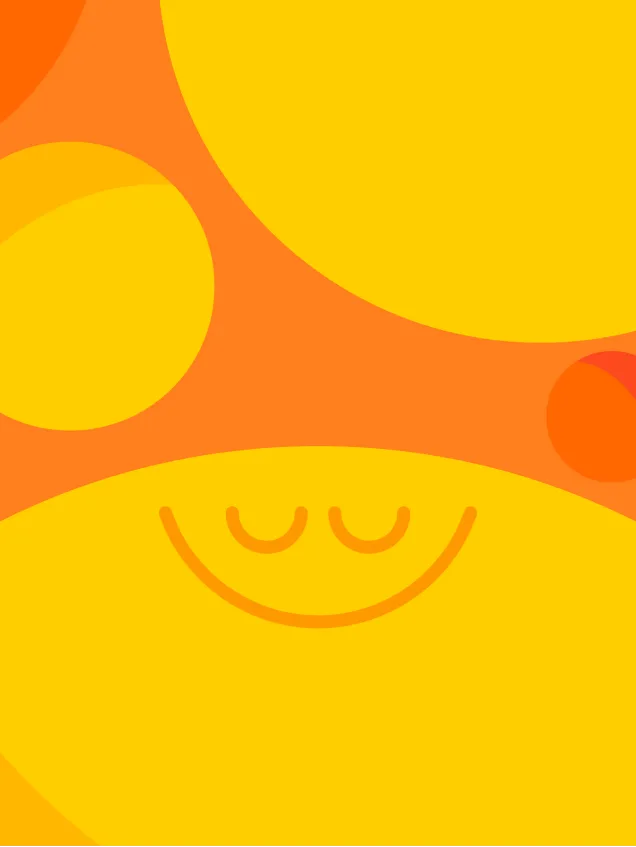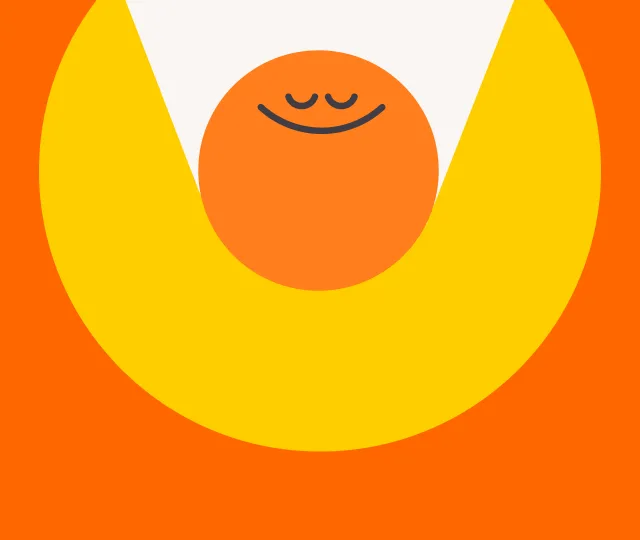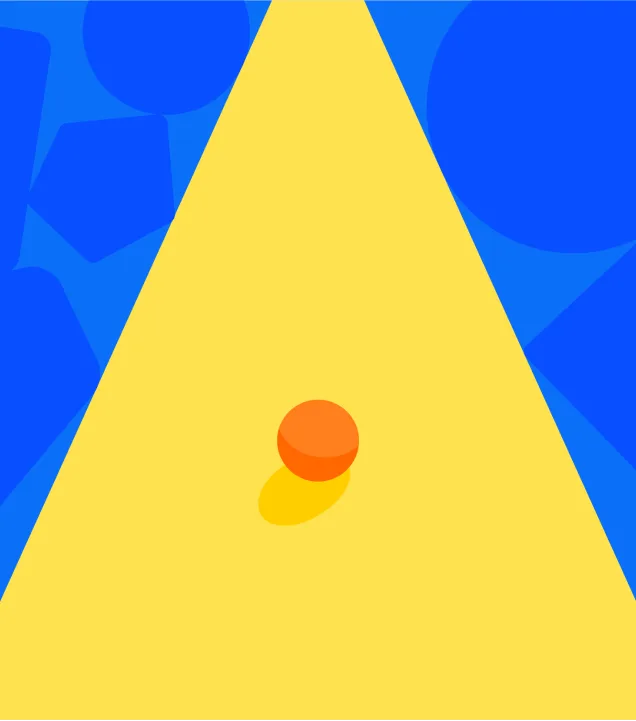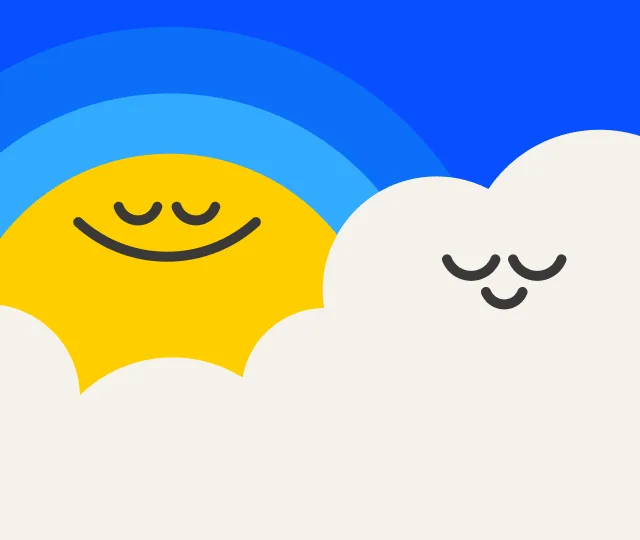How to be more present
Researched and written by our mindfulness and meditation experts | Learn more
Apr 14, 2022
The biggest gift we can each give ourselves is the gift of being present — engaged with life, connected with each other, listening with kindness, staying open-minded, free from judgment.
These are the words of Headspace co-founder and former Buddhist monk Andy Puddicombe, because the ability to be present, no matter what's going on around us, is the cornerstone of meditation and mindfulness. But it's not just a beneficial skill for monks. We hear a lot of people say it: “I want to be more present”. So how does that look in reality?
Key takeaways:
Being present means focusing on one thing and feeling whatever emotion we feel when we feel it, even challenging ones
The more we practice being present, the more comfortable we'll feel when we experience tough emotions
Mindfulness and meditation help us notice thoughts and feelings when they come up — the first step in learning how to be more present

What does it mean to be more present?
On the most basic level, being present means being focused on one thing — a conversation, a project, a task in hand — without distraction, without wanting to be somewhere else, without being in your head and lost in thought.
At a deeper level — and this is what meditation teaches us over time — it means being able to sit with challenging emotions that we feel, when we feel them. It may happen when we sit to take a deep breath or when we're triggered by circumstances or situations in everyday life. No matter what we feel, we sit and experience that feeling.
To be more present with happiness, feel joy. To be more present with anger, feel angry. To be more present with sadness, feel sad. To be more present with anxiety, feel anxious. And then, once we've felt it, we're better able to let that emotion go so it doesn't overwhelm us and mess so much with our mood that day.
Of course, learning to anchor yourself to the present moment is easier said than done, especially when most people have a tendency to dwell on yesterday or worry about tomorrow. Meditation can help bridge the gap between emotions from the past and eagerness of the future ... and that’s why it teaches us how to be more present in life.
Do I just stop thinking about the future?
Some of you might notice a pattern of restlessness or indecision throughout the day that has drawn you to mindfulness, and some of you might have a goal that you are looking to accomplish. The idea of being in the present moment while simultaneously having a goal for the future might seem counterintuitive, but cultivating the skill of becoming more present is imperative when it comes to reaching your goals.
When you understand how to live more in the moment, you can maximize your results for any given pursuit by using mental toughness versus purely physical. It’s all about how we show up, which is where the practice of presence comes in.
How can I practice to be more present?
- Do a body scan
When you do a body scan meditation — mentally scan how your body is feeling from head to toe — you're bringing awareness to every ache, pain, or sensation you might be feeling. When you breathe into these senses, you are learning to sit in the present moment and pay attention to every physical and emotional feeling that comes to light. You’re not changing anything, you are simply noticing everything — which is the first step in becoming present.
- Practice mindful eating
Believe it or not, eating can become an incredible tool to help cultivate mindfulness in the present moment. Many of us are on the go so much that we're often eating on autopilot between meetings, at red lights, or even in conversation. When we practice mindful eating, we engage all the senses and take time to savor a meal. You can use the practice of engaging the senses even when not eating, which gives you the opportunity to cultivate presence physically and mentally — similar to the body scan. Eating is something that we experience every single day, so it’s a simple time to start encouraging this practice.
- Pause screen time
With constant notifications stacking up on your devices from the moment you wake up until right before bed, it’s incredibly difficult to stay in the present moment. But we always have a choice. Allow yourself a few moments each day to willingly close your screen and turn off your volume — to think about the here and now — your priorities, how you’re feeling, your breath. This allows you to take back control on the trajectory of your day, versus the distractions taking control and piling up lower priority items in front of you.
- Build a routine
Routines can help us stay on track and feel empowered. Finding a routine that is built on the precedent that you are a priority can help you feel anchored when it comes to decision-making throughout the day. When we're learning how to be more present, finding time for daily meditation can be instrumental. If you have more leeway in the mornings, consider opting for daily morning meditations, if you have a few moments during your commute, consider listening to soothing music in your car. Once you find a meditation routine that sticks, you have the opportunity to strengthen your mental health — which supports the quest of learning how to be more present in life.
The benefit of learning how to live in the moment goes far beyond productivity and goals, but it allows you to trust yourself, spend quality time with those you love, and find great joy in all of your experiences. If we can do this, then we will experience an increasing sense of confidence, in being at ease with both comfort and discomfort, difficult and joy.
Try a one minute meditation

Watch Mini-Meditation: Breathe
1 min
8 additional meditations for being more present
Looking for more meditations to find more focus and be more present? The Headspace app offers members several courses and single meditations to help be less distracted, including:
Step away from what's in the past of the future, and find a sense of appreciation for the present moment.
Use this exercise to create more mental space from worrying about things that haven't happened yet.
Create a calm environment.
Get familiar with a relaxed, precise kind of focus.
Bring out the innate focus within you through a quick mindfulness exercise.
Take this moment to check in with yourself, accepting whatever comes up.
Learn to be present with the feeling of stress and tension being released.
The benefit of learning how to live in the moment allows you to trust yourself, spend quality time with those you love, and find great joy in all of your experiences. If we can do this, then we will experience an increasing sense of confidence in being at ease with both comfort and discomfort, difficult and joy.


Be kind to your mind
- Access the full library of 500+ meditations on everything from stress, to resilience, to compassion
- Put your mind to bed with sleep sounds, music, and wind-down exercises
- Make mindfulness a part of your daily routine with tension-releasing workouts, relaxing yoga, Focus music playlists, and more
Annual - billed at $69.99 USD/yr
14 days free
$5.83 USD/month
Monthly
7 days free
$12.99 USD/month


Stay in the loop
Be the first to get updates on our latest content, special offers, and new features.
By signing up, you’re agreeing to receive marketing emails from Headspace. You can unsubscribe at any time. For more details, check out our Privacy Policy.
- © 2025 Headspace Inc.
- Terms & conditions
- Privacy policy
- Consumer Health Data
- Your privacy choices
- CA Privacy Notice






